The Allure of Oval Shapes: An In-Depth Exploration

What is an Oval Shape?
When you think of shapes, circles and squares might immediately come to mind, but let’s not forget about the humble oval. An oval is more than just a stretched circle. It’s a shape that appears everywhere around us, though we might not always recognize it.
Definition and Characteristics
An oval is a curved shape that resembles an elongated circle. Mathematically, it’s defined as a curve that surrounds two focal points. Unlike a perfect circle, which has constant radius, an oval has varying radii depending on the position along the curve. This gives it a smooth, egg-like appearance.
Common Misconceptions
Many people use “Forma Ovalada” interchangeably, but there’s a subtle difference. While all ellipses are ovals, not all ovals are ellipses. An ellipse has a precise mathematical definition, whereas an oval might be more irregular and less precise.
Historical Significance of Oval Shapes
In Ancient Architecture
Ovals have played a significant role in architecture throughout history. The ancient Greeks and Romans utilized oval shapes in their amphitheaters and arenas. The Colosseum in Rome, for instance, is an iconic example of how the oval shape was used to maximize viewing and seating arrangements.
In Art and Design
In art, the oval shape has been a popular choice for portraits and frames. Its elongated curves provide a pleasing alternative to the harsh edges of rectangular frames, allowing for a more fluid and natural depiction of human features.
The Science Behind the Oval Shape
Mathematical Properties
From a mathematical standpoint, an oval doesn’t have a single fixed definition. However, if we consider an ellipse, which is a specific type of oval, it’s described by the equation (x2/a2)+(y2/b2)=1(x^2/a^2) + (y^2/b^2) = 1, where aa and bb are the semi-major and semi-minor axes, respectively.
Geometric Relationships
Ovals can be understood through their geometric relationships. For instance, the length of the major axis and the minor axis can define how “stretched” or “squished” the oval appears. This flexibility in shape makes the oval a versatile geometric figure.
Oval Shapes in Nature
Biological Examples
Nature is full of ovals. Think of the shape of an egg or the outline of many fruits and seeds. These shapes are not just random but serve specific functions. For instance, the oval shape of a seed can be an evolutionary advantage, aiding in dispersal and growth.
Ecological Implications
In ecology, the oval shape can help in understanding various patterns, such as the migration routes of animals or the distribution of plant species. The shape often relates to the functionality and efficiency in natural processes.
Applications of Oval Shapes
In Engineering and Design
Engineers and designers often use oval shapes for their aesthetic and functional benefits. For example, the streamlined shape of a sports car or an airplane wing can be designed in an oval-like manner to reduce drag and improve efficiency.
In Everyday Objects
Ovals are present in many everyday items. From the design of furniture to the shape of mirrors, the oval’s smooth, continuous curve offers a visually appealing and practical alternative to more rigid shapes.
Creating and Using Oval Shapes
Drawing and Designing Ovals
Creating an oval can be done using simple techniques or advanced tools. Whether you’re sketching by hand or using digital software, understanding how to draw ovals accurately can enhance your design projects.
Software Tools for Oval Design
Various software tools, like Adobe Illustrator and AutoCAD, offer features to create precise oval shapes. These tools allow for adjustments and refinements, lab made diamonds, making it easier to incorporate ovals into complex designs.
Advantages and Disadvantages
Benefits of Using Oval Shapes
Ovals can offer aesthetic advantages due to their smooth curves and less rigid appearance compared to straight lines or sharp angles. They can also be more efficient in terms of space and functionality, especially in design and engineering applications.
Challenges and Limitations
Despite their advantages, ovals can also present challenges. Their non-uniformity compared to circles or squares might make them more difficult to work with in certain contexts, such as precise engineering tasks.
Conclusion
The oval shape, with its blend of mathematical intrigue and practical utility, holds a unique place in our world. From ancient architecture to modern design, ovals prove their worth by offering versatility and beauty. Understanding the nuances of ovals not only enriches our appreciation of geometry but also enhances our ability to apply these shapes in various aspects of life.

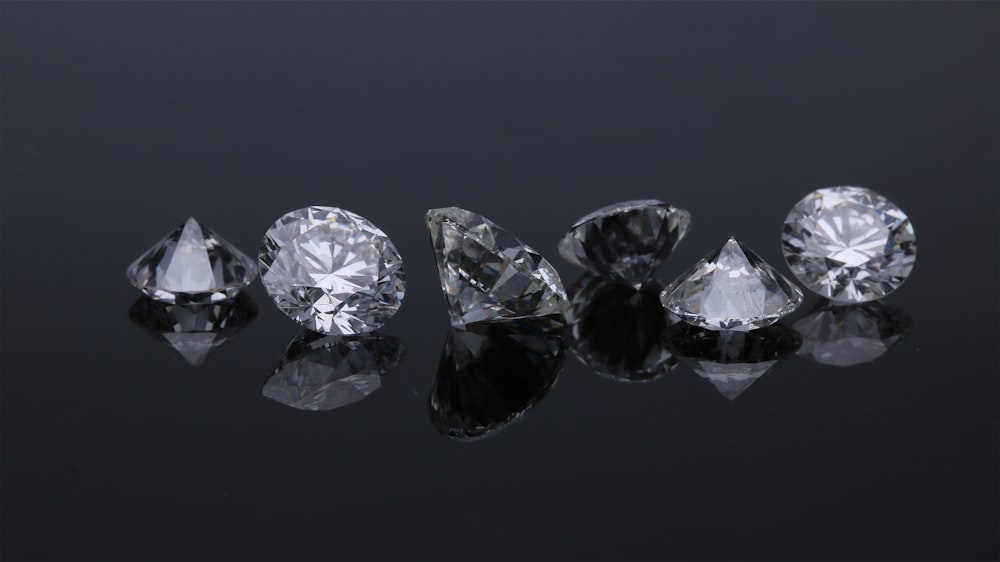 The Best Way to Clean Your Engagement Ring: An Aide for Lab Made Diamonds
The Best Way to Clean Your Engagement Ring: An Aide for Lab Made Diamonds  Best Time to Buy Bitcoin: A Comprehensive Guide
Best Time to Buy Bitcoin: A Comprehensive Guide  Beginner’s Guide to Ragnarok Origin
Beginner’s Guide to Ragnarok Origin 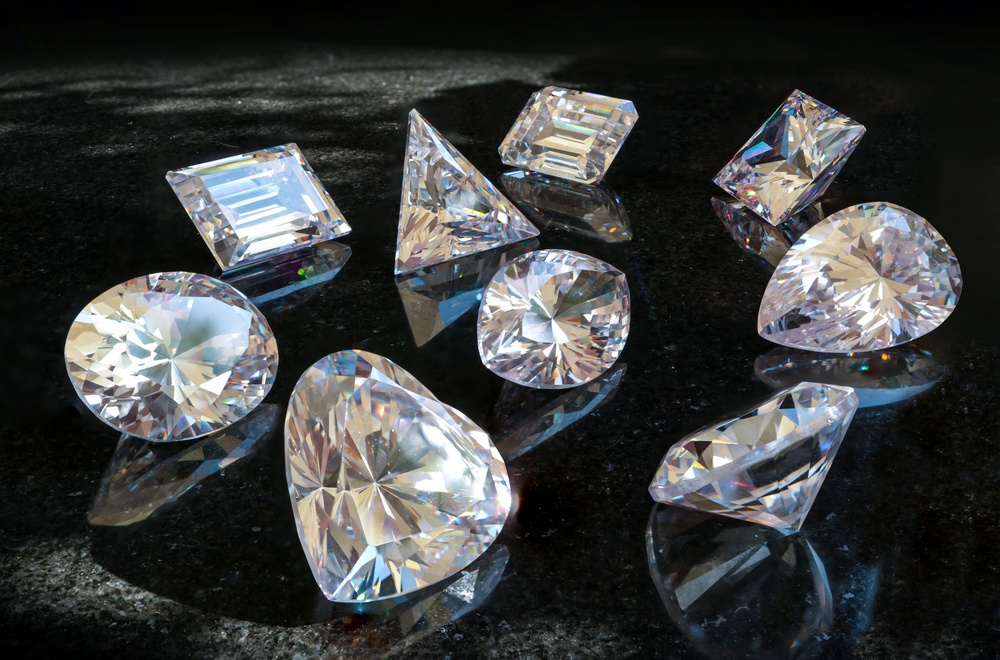 Method Of Cutting A Diamond: A Comprehensive Guide to Diamond Shapes
Method Of Cutting A Diamond: A Comprehensive Guide to Diamond Shapes 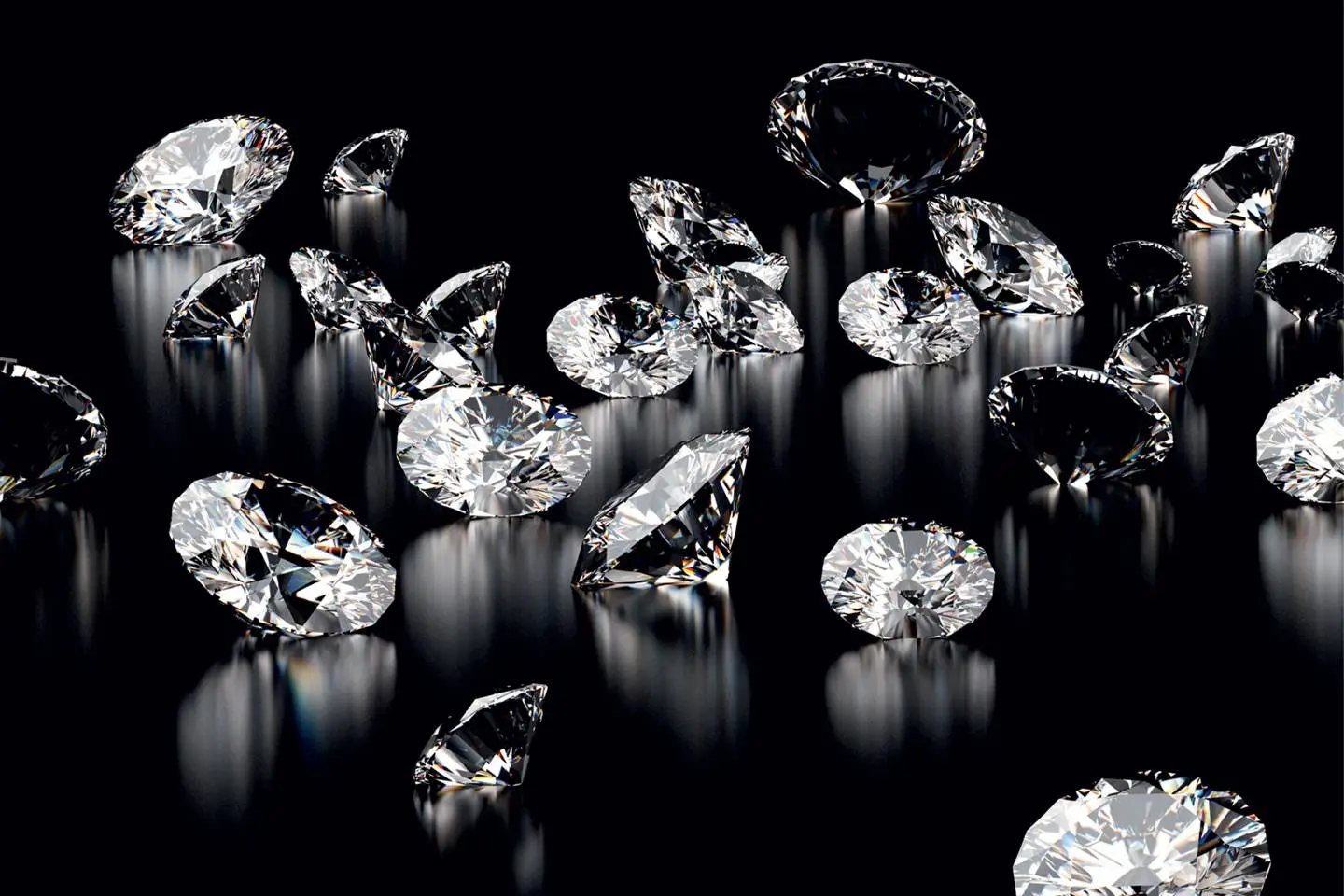 Exploring Lab Grown Diamonds HPHT Technology
Exploring Lab Grown Diamonds HPHT Technology 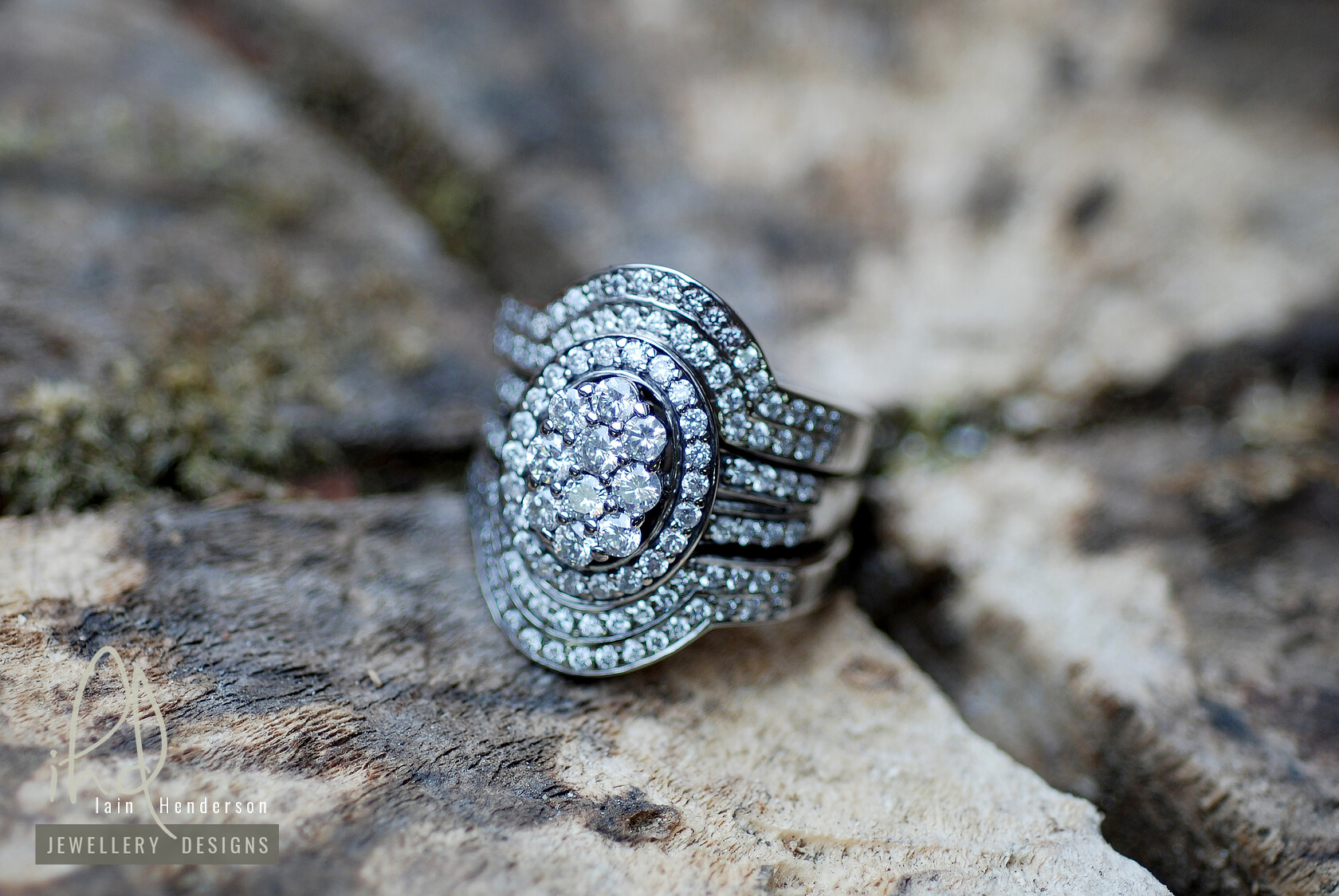 Platinum vs. Gold Lab Grown Diamond Rings: A Comprehensive Comparison
Platinum vs. Gold Lab Grown Diamond Rings: A Comprehensive Comparison 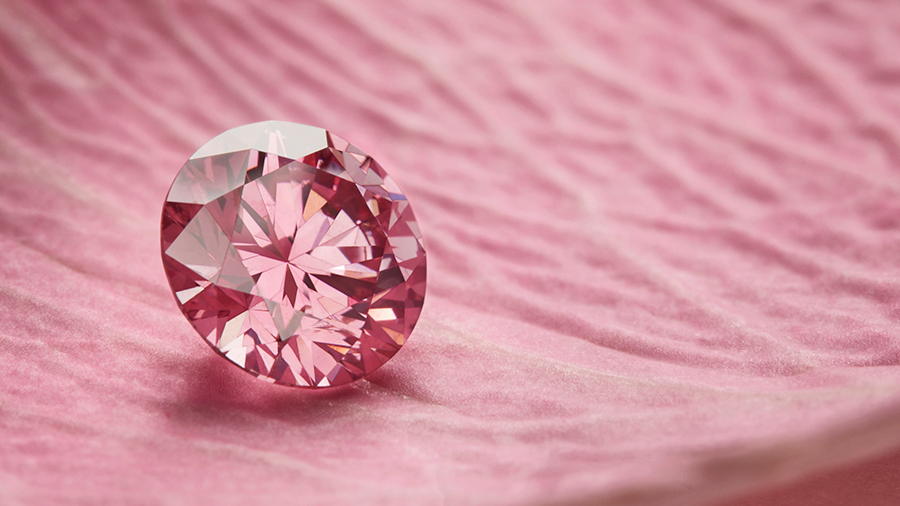 Choosing Lab Created Diamonds: A Complete Aide
Choosing Lab Created Diamonds: A Complete Aide  Lab Created Diamonds Pendants: Another Time of Tastefulness and Obligation
Lab Created Diamonds Pendants: Another Time of Tastefulness and Obligation 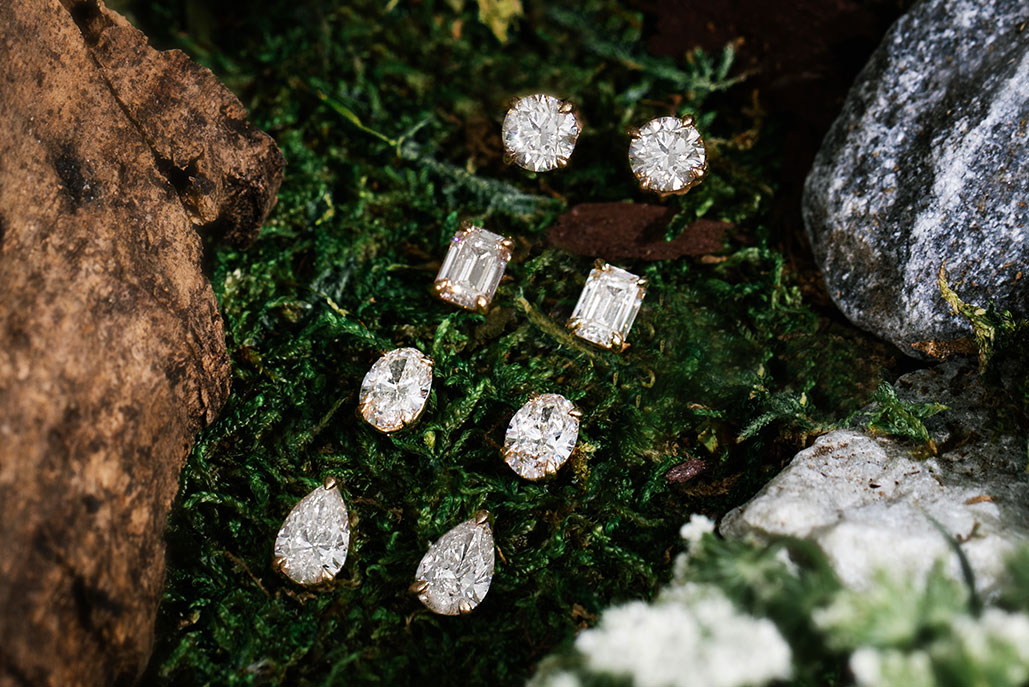 IGI vs GIA: Figuring out Precious stone Affirmations for Lab Diamonds
IGI vs GIA: Figuring out Precious stone Affirmations for Lab Diamonds  Diamonds: The #1 Choice – Why Lab-Made Diamonds Lead the Way
Diamonds: The #1 Choice – Why Lab-Made Diamonds Lead the Way